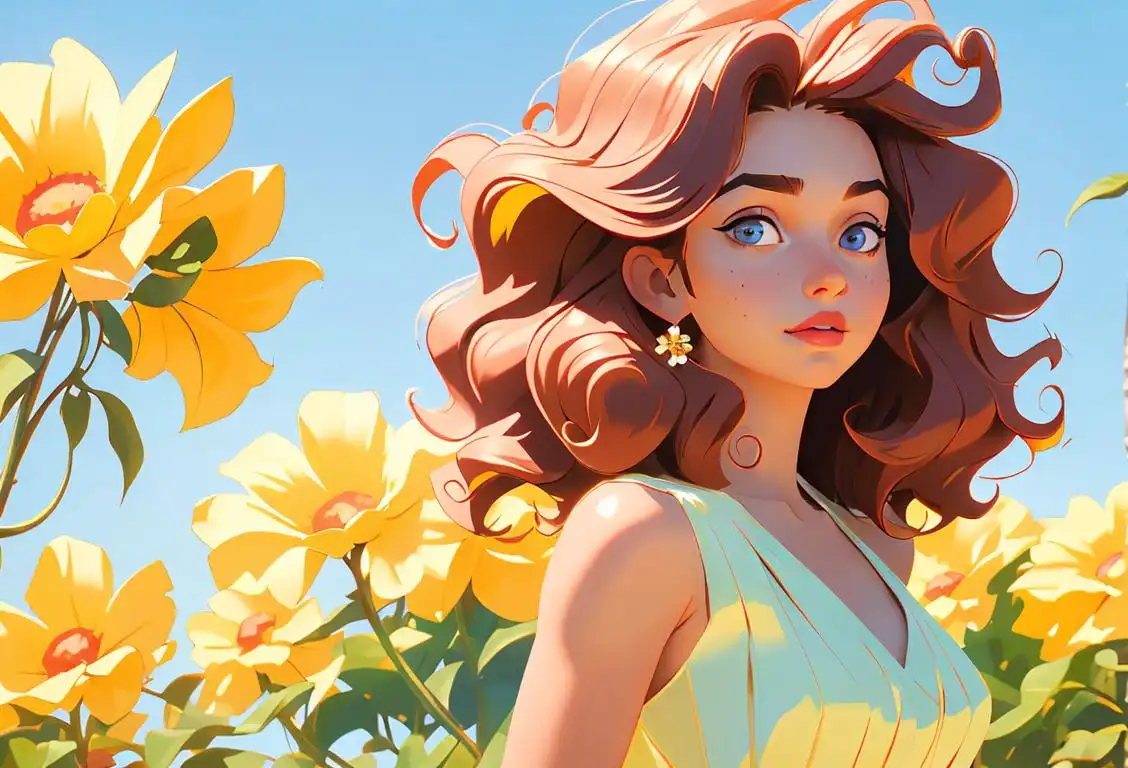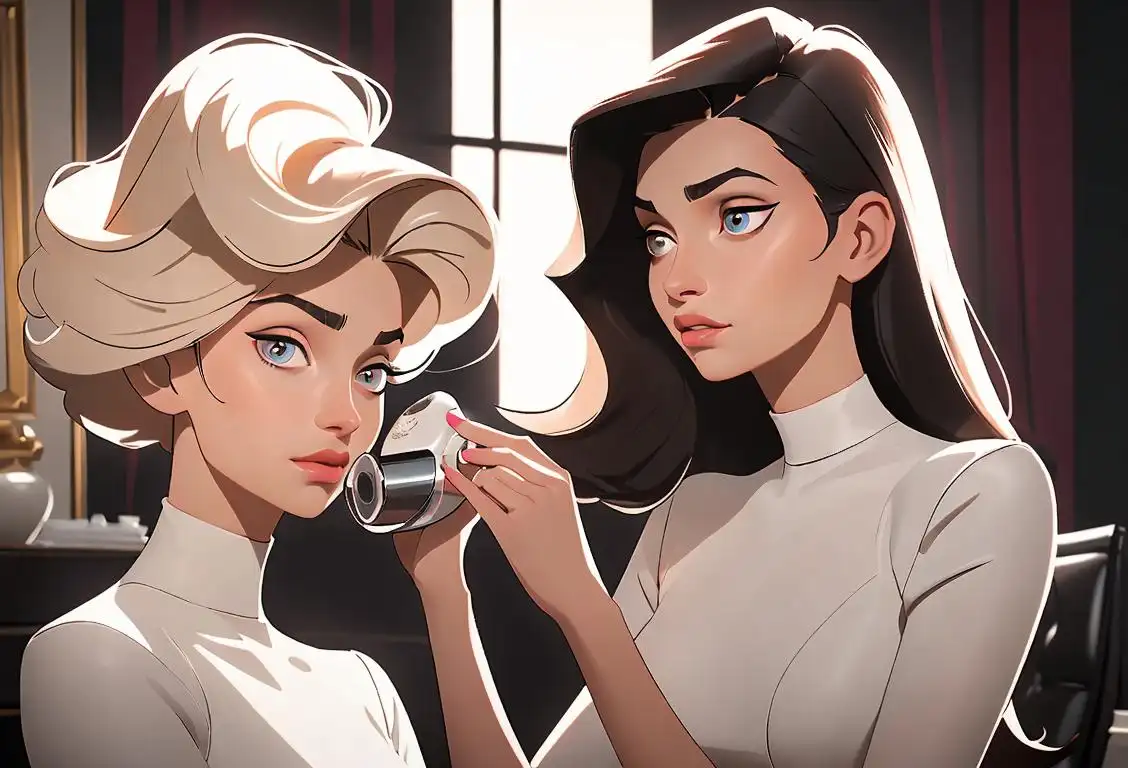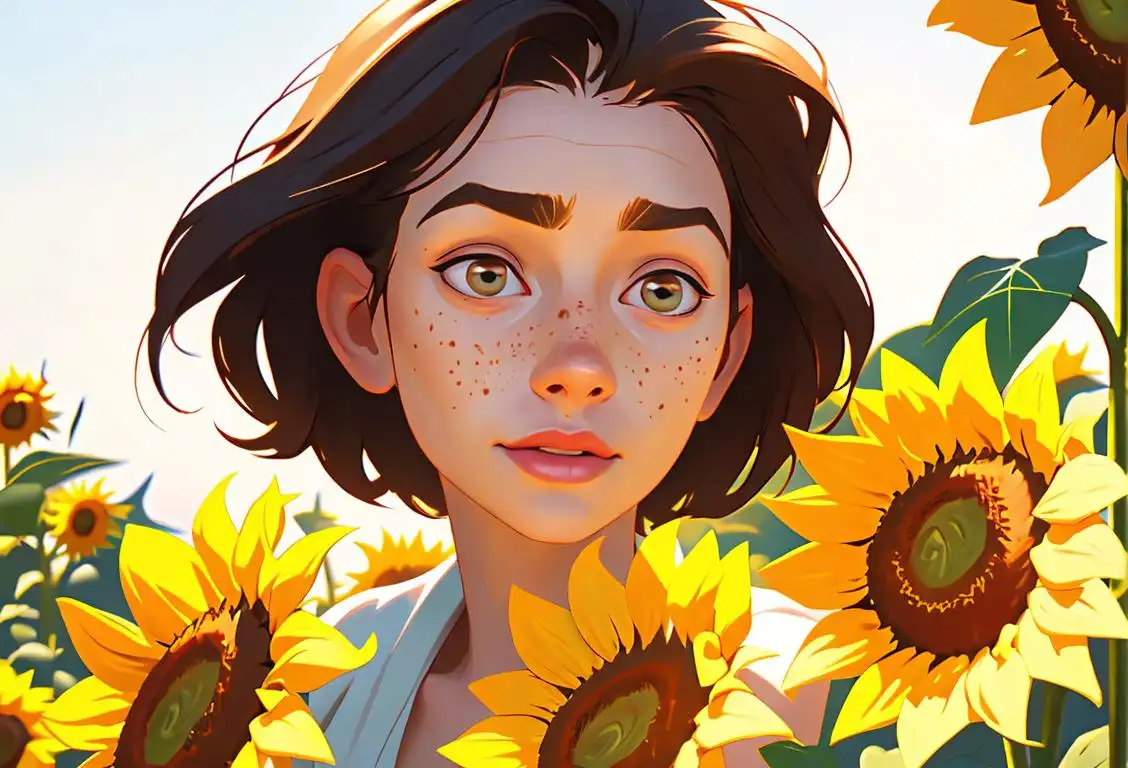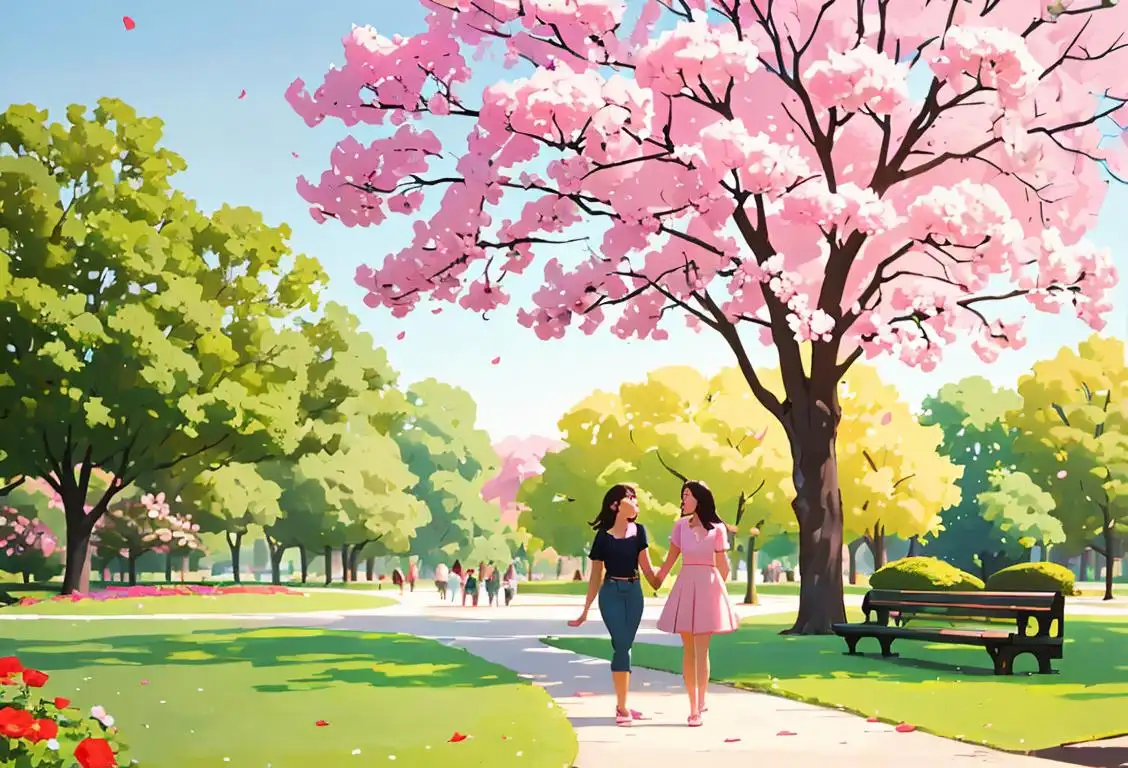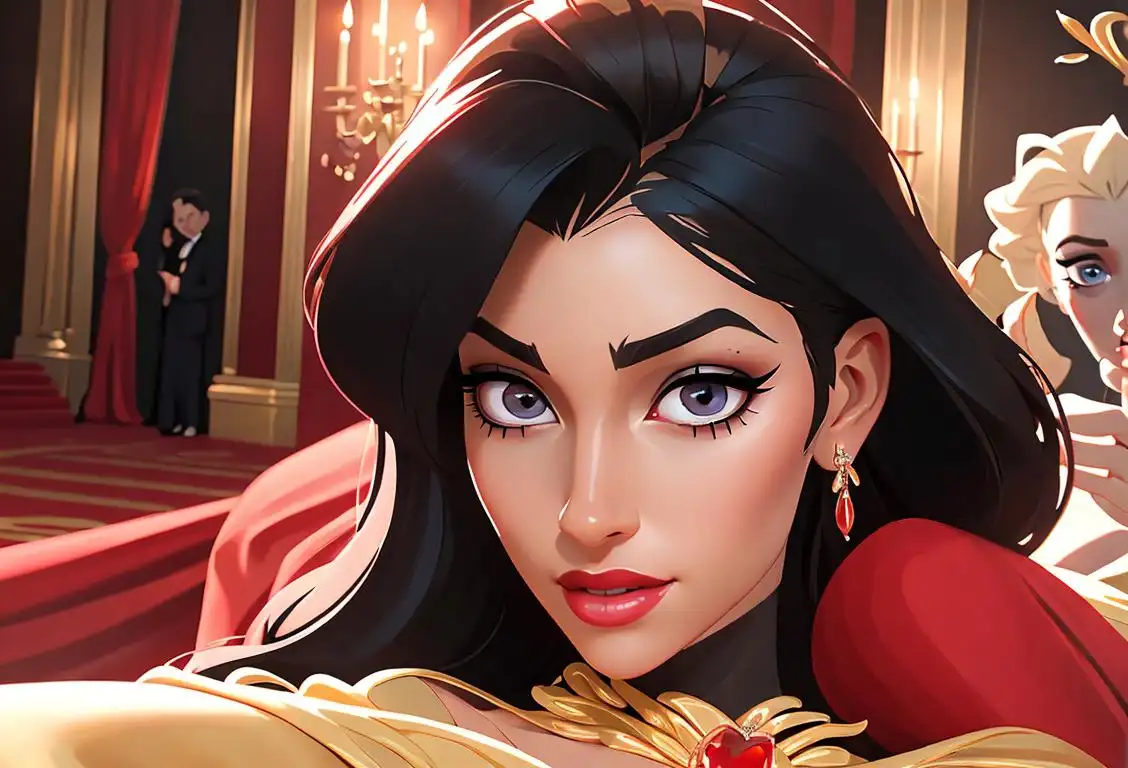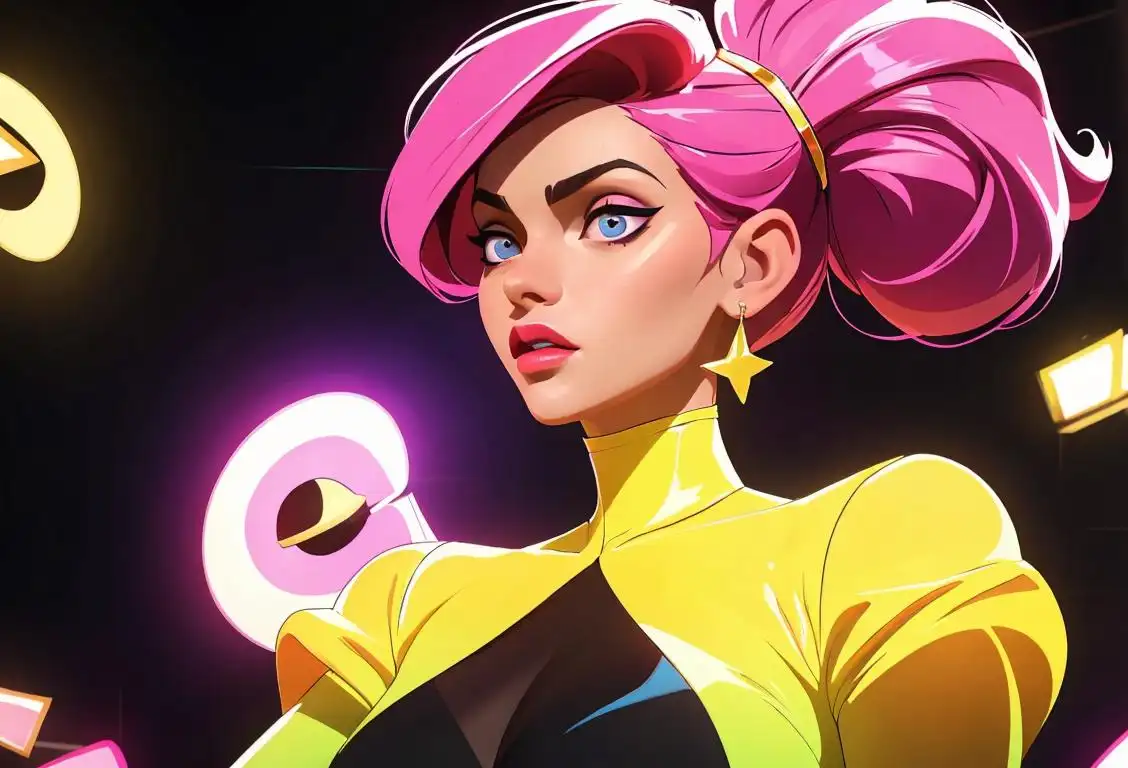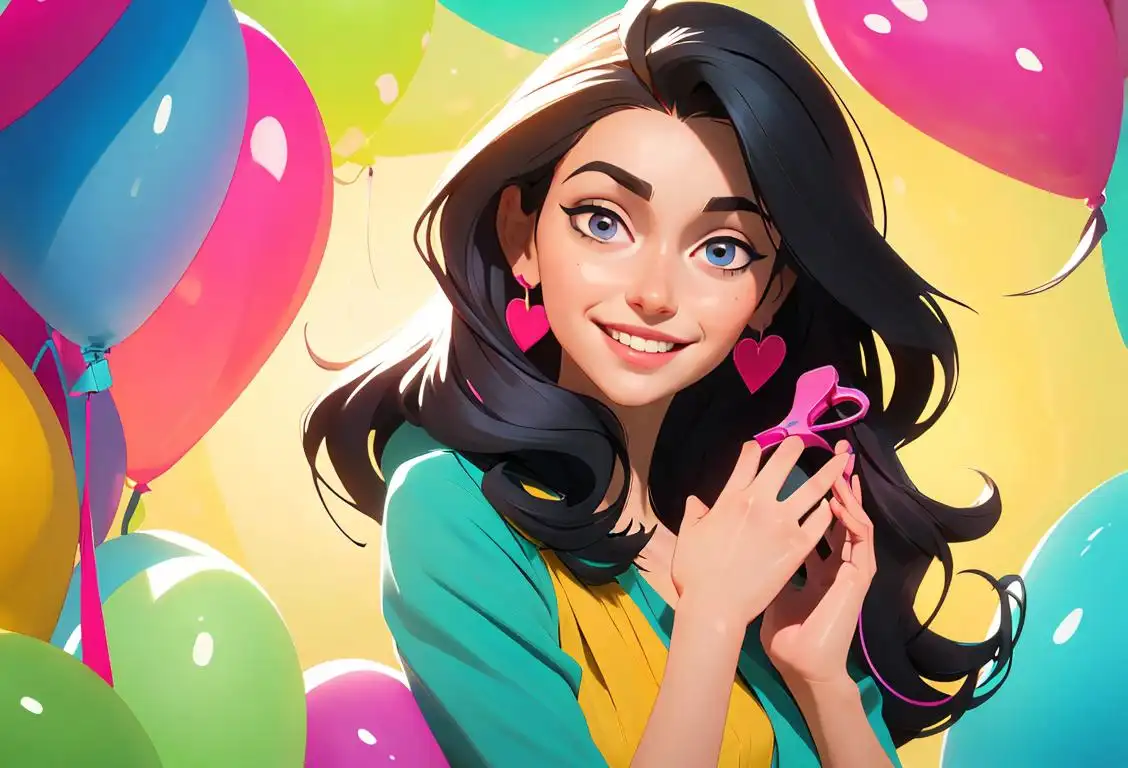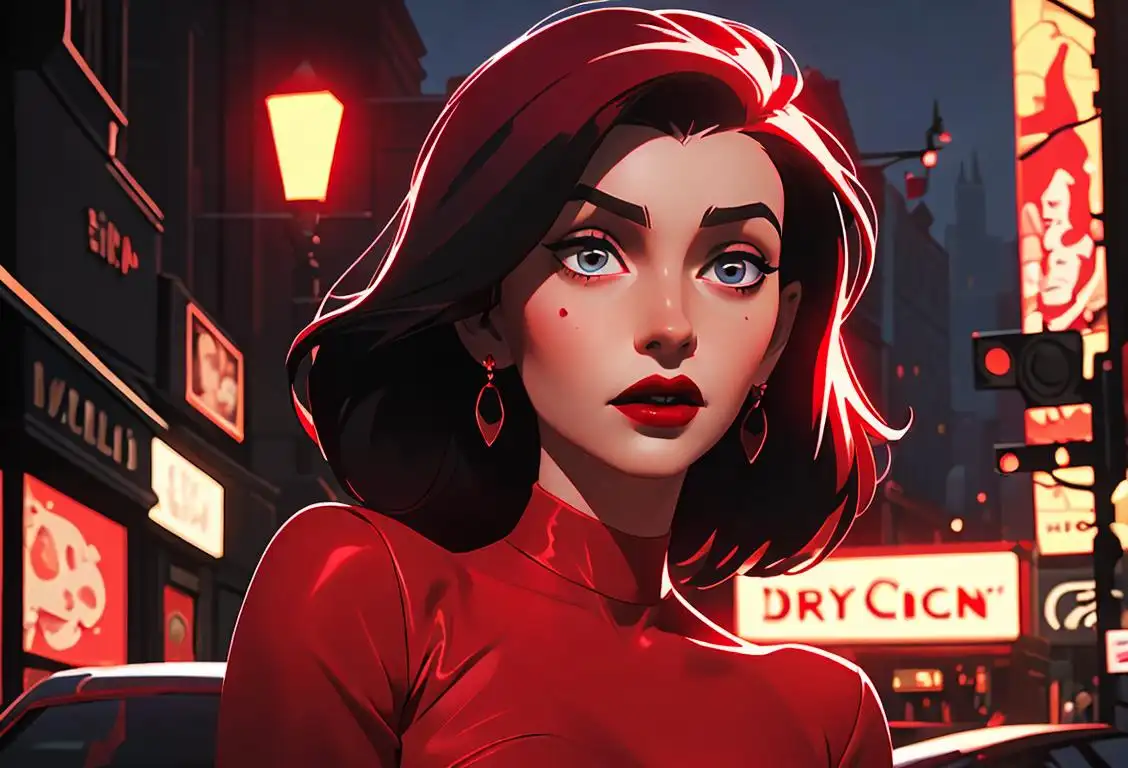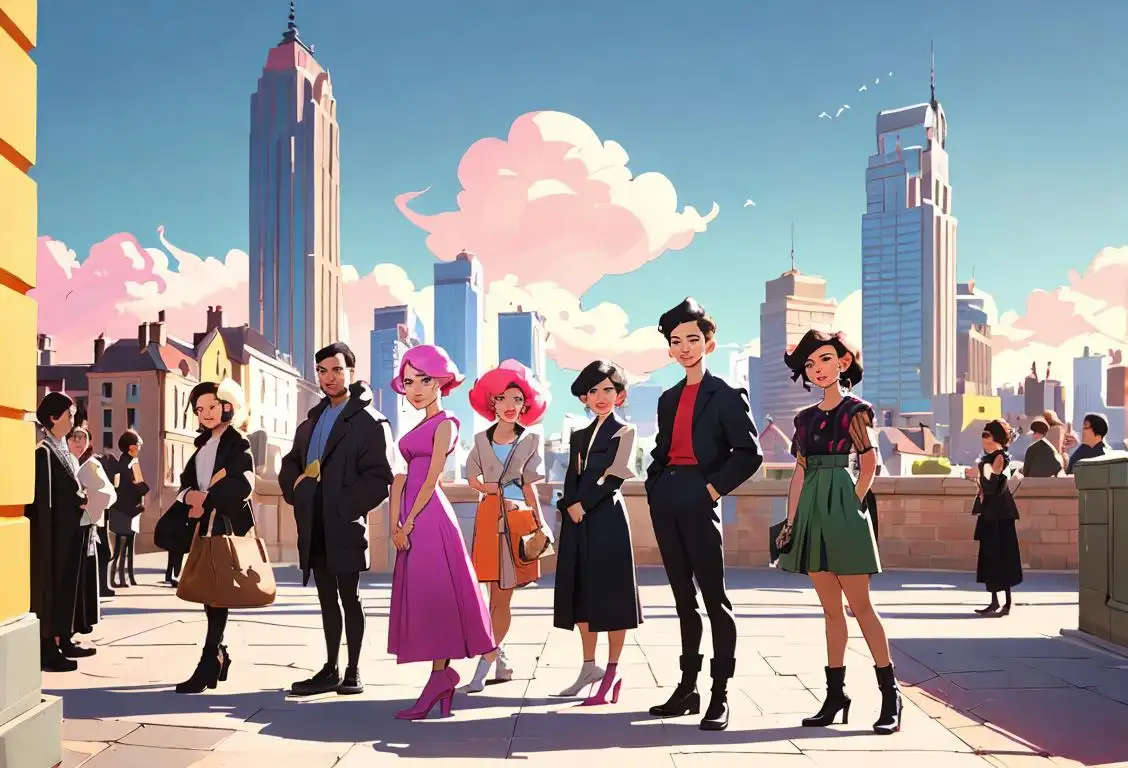National Curly Hair Day
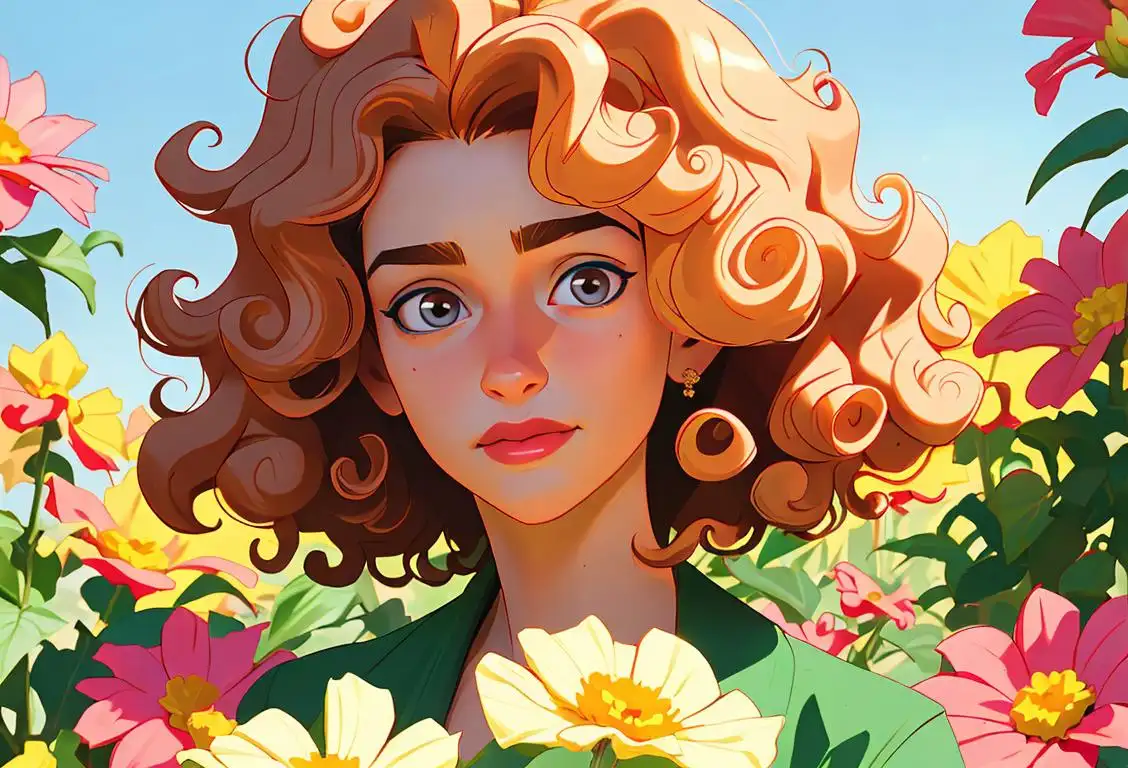
Curl up on your sofa (pun intended!) and get ready to boogie with your buoyant locks because we're about to dive into the twisty-tangled history of National Curly Hair Day. As eclectic and unique as your spiralling strands, this day is all about embracing those curls that bounce with every step you take.
When is Curly Hair Day?
It's national curly hair day on the 2nd May.
Unravelling the Twists of National Curly Hair Day
Behold, the day that spiralled (yet again, intended!) into existence with just 21 online mentions, most of them unfurling on 2nd May, 2016. It was a hair-raising moment in the digital world, as folks everywhere reached for their curling irons and hair mousse in celebration.
The Origins of the Curl Craze
The truth behind the spontaneous genesis of this frizz-friendly day is as mysterious as the unpredictable nature of curly hair itself - will it puff, will it drape beautifully, will it make its own plans entirely? Yes, yes, and always. But while precise origins are fuzzy (like a certain hair type we know), the intention is clear: curl acceptance in a straight-hair-obsessed society.
And while National Curly Hair Day may be a recent phenomenon, our love for luscious curls is far from it. From the regal ringlets of ancient Roman statuary to the flamboyant fros of the disco era, humanity has always been curl-crazy.
The Spiral Phenomenon Spreads
While initially celebrated with a handful of digital confetti on social platforms, National Curly Hair Day has tangled itself into the annual calendar. Now, every May 2nd, curly-haired folks throw away their flat irons and step out with their crowns of curls held high. And why not? After all, variety adds spice to life, and a head full of spirals certainly adds a dash of cayenne!
Winding Up
So, dear curl-bearers, on this day, unleash your curls, let them dance in the wind and remember that curls are not just a hairstyle, but a lifestyle. Whether you've got curls that could challenge pre-Rapunzel or just enough to cast a tiny twirl, May 2nd is your day to shine. So, here's to frizz, springy spirals, and the sheer unpredictability of life with curly hair!
History behind the term 'Curly Hair'
Ancient times
Origins of curly hair
Curly hair has been admired and depicted since ancient times. In ancient Egypt, curly hair was considered a symbol of beauty and fertility. Sculptures and paintings from that time often depicted women with curly hair. The Roman Empire also had a fascination with curly locks, and wealthy Roman women would go to great lengths to style their hair into elaborate curls using various techniques.
18th century
Wig fashion and curly hair
During the 18th century, wigs were a popular fashion accessory, especially among the aristocracy. Curly wigs became a trend, and people would use hot curling irons or employ methods like wrapping hair around heated metal rods to achieve curly hairstyles. Wigs with tight ringlets were particularly favored, and they were often powdered with white or colored powder to maintain a fashionable appearance.
19th century
Natural curly hair reemerges
In the 19th century, there was a shift towards embracing natural beauty, and curly hair began to reemerge as desirable. People started to abandon wigs and sought ways to enhance their natural curls. For those with straight hair, various methods such as using curling papers or employing heat from a stove or curling iron were employed to create temporary curls. The beauty industry started to develop specialized products and tools to cater to curly hair.
20th century
Permanently styling curly hair
In the early 20th century, the desire for permanent curls led to the development of new techniques. Marcel waving, invented in the 1870s, became popular as it allowed the creation of long-lasting curls. Later in the century, the invention of the chemical perm revolutionized the styling of curly hair. Perms allowed people to achieve permanent curls without the need for daily maintenance. This advancement made curly hair more accessible and increased its popularity.
21st century
Empowering natural curls
In recent years, there has been a notable shift towards embracing natural curls and diverse hair textures. The natural hair movement has gained momentum, with individuals proudly wearing and celebrating their curly hair. This movement emphasizes self-acceptance, challenging societal beauty standards, and encouraging individuality. In response to this cultural shift, the beauty industry has expanded its range of products catering to the unique needs of curly hair, promoting inclusivity and diversity.
Did you know?
Did you know that the cause for curly hair is all about the follicle? Curly hair follicles are oval shaped, causing the hair to curve as it grows.Tagged
fun self-love curls hair beautyFirst identified
7th May 2015Most mentioned on
2nd May 2016Total mentions
21Other days
Curly Hair Day
Curl Crush Day
Blow Dry Day
No Makeup Day
Single Asf Day
Lash Day
Looked Like A Fab Day
Donate Your Hair Day
Bloody Lipstick Day
Hair Day
